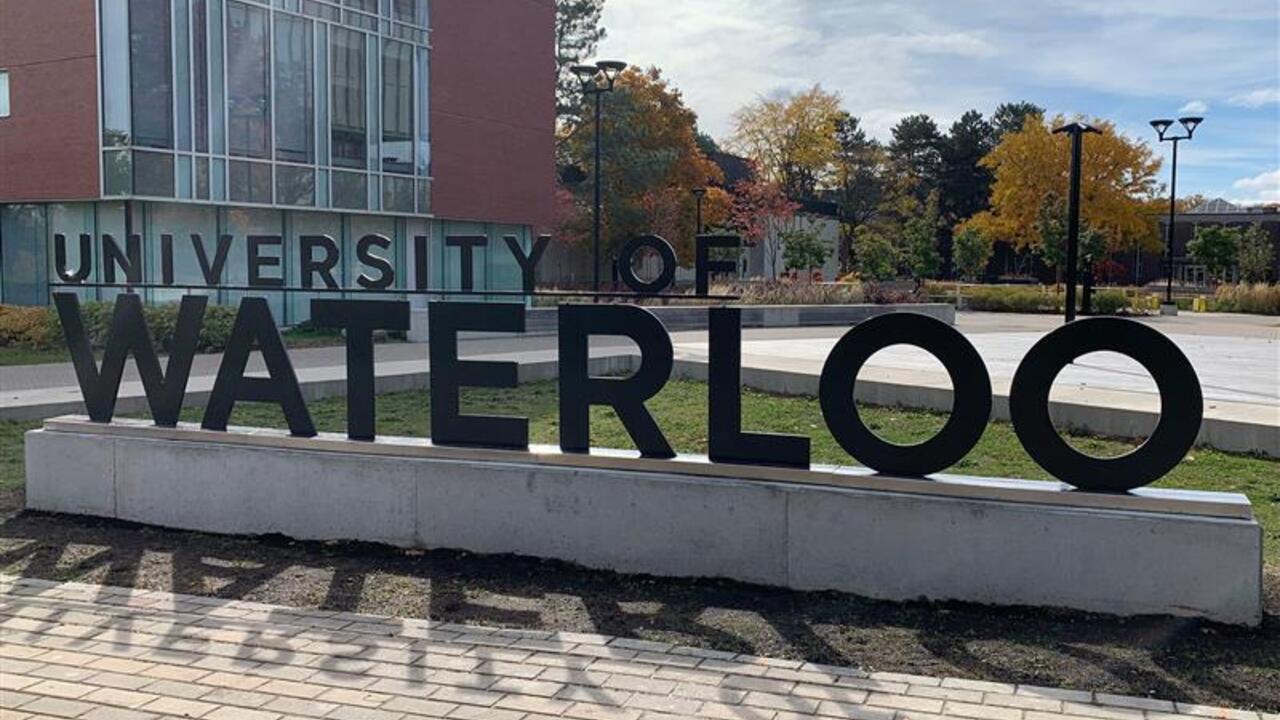
Studies find Alberta oil sands development not a major source of long-distance air and water pollution
Oil sands development in northern Alberta isn’t polluting the nearby Peace-Athabasca Delta via the air and water to the extent many may believe.

Oil sands development in northern Alberta isn’t polluting the nearby Peace-Athabasca Delta via the air and water to the extent many may believe.
By Media RelationsWATERLOO, Ont. (Monday, October 1, 2012) – Oil sands development in northern Alberta isn’t polluting the nearby Peace-Athabasca Delta via the air and water to the extent many may believe, two recently published University of Waterloo research studies have found.
The research revealed that Alberta oil sands emissions haven’t increased the amount of metal and organic contaminants travelling via the atmosphere to the delta, located 200 km north of the oil sands industry. And it determined that oil sands mining activity hasn’t measurably increased the delivery of organic contaminants to shallow delta lakes via the Athabasca River.
The findings by researchers at the University of Waterloo and Wilfrid Laurier University counter the belief that human health, wildlife, and ecosystems are suffering as a result of long-distance transport of contaminants from the oil sands development.
“This evidence is essential in guiding responsible development of the oil sands while recognizing its true impact and benefits,” says Terry McMahon, dean of science. “It demonstrates the value that comprehensive research and the generation of knowledge can have on future decisions that affect our health, economy, and environment.”
One of the studies, “Has Alberta oil sands development altered delivery of polycyclic aromatic compounds to the Peace-Athabasca Delta?” published on September 26 in PLOS ONE, discovered the amount of organic contaminants that the Athabasca River carried to the downstream delta hasn’t increased above pre-development levels in sediments of a flood-prone lake.
Earlier in September, the study “Has Alberta oil sands development increased far-field delivery of airborne contaminants to the Peace-Athabasca Delta?”examining the transport of metal contaminants from the oil sands by air was published in Science of the Total Environment. It shows that key metals of concern including lead, antimony, arsenic, and mercury declined during the period when Alberta oil sands production was increasing dramatically. For these studies, researchers used lake sediment records spanning the past 200 years to provide critical knowledge of baseline, pre-development levels of metal and organic contaminant deposition, and to measure changes over time since the onset of oil sands development.
“The results of this study are significant in providing the knowledge needed for meaningful debates about the environmental exposure and effects of oil production at the world’s second-largest proven reserve,” says Roland Hall, principal investigator on the study and professor in the Department of Biology. “Indeed, our data show that toxic metals like arsenic and lead travelling via the atmosphere have declined dramatically in recent decades despite the growth of Alberta’s oil sands industry. And, we were unable to detect an increase in organic contaminants transported by the Athabasca River above natural levels delivered by floodwaters.”
The study may provide a foundation to map the footprint of emissions travelling via the air and water from oil sands operations over space and time, which could be a valuable contribution to Environment Canada’s new oil sands monitoring program.
In just half a century, the University of Waterloo, located at the heart of Canada's technology hub, has become one of Canada's leading comprehensive universities with 34,000 full- and part-time students in undergraduate and graduate programs. Waterloo, as home to the world's largest post-secondary co-operative education program, embraces its connections to the world and encourages enterprising partnerships in learning, research and discovery. In the next decade, the university is committed to building a better future for Canada and the world by championing innovation and collaboration to create solutions relevant to the needs of today and tomorrow. For more information about Waterloo, visit www.uwaterloo.ca.
-30-
Pamela Smyth
Media Relations Officer
Communications & Public Affairs
University of Waterloo
519.888.4777

Read more
Ahmed Mezil (BASc ’14) loves engineering and teaching, but developed an entrepreneurial mindset at UWaterloo that led him to start a business.

Read more
President of Waterloo EDC says the University of Waterloo plays a pivotal role in region’s economic development on the global stage

Read more
The faculties of Science and Arts introduce a new theatre and performance course tailored to Science students
The University of Waterloo acknowledges that much of our work takes place on the traditional territory of the Neutral, Anishinaabeg and Haudenosaunee peoples. Our main campus is situated on the Haldimand Tract, the land granted to the Six Nations that includes six miles on each side of the Grand River. Our active work toward reconciliation takes place across our campuses through research, learning, teaching, and community building, and is co-ordinated within the Office of Indigenous Relations.